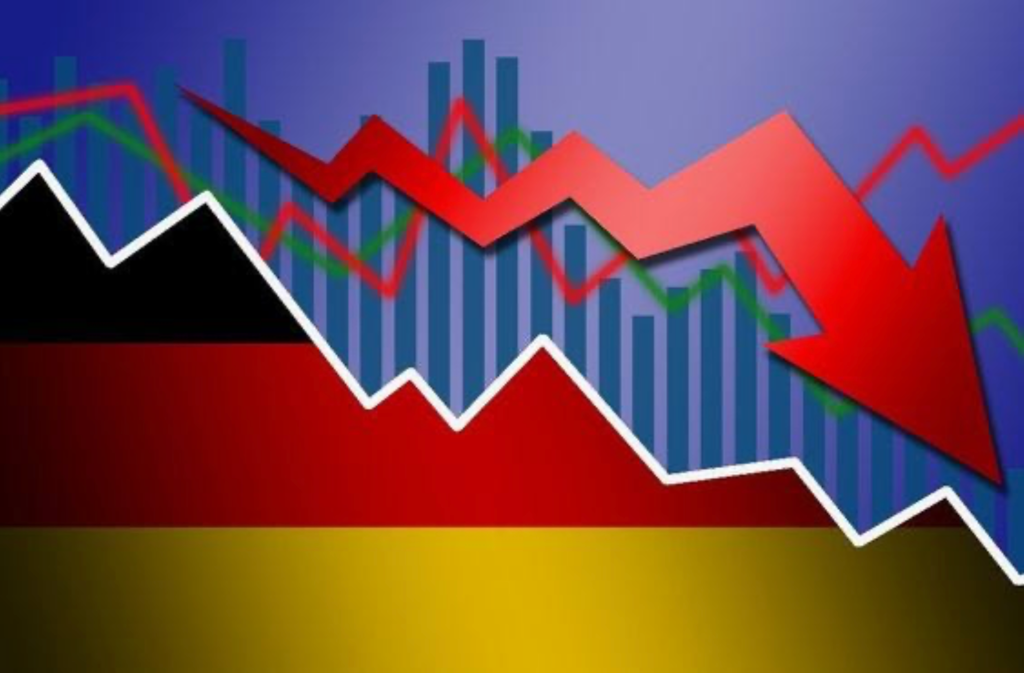By: Aidan Levi-Minzi
Morgan Stanley has bought out E*Trade, a move that places them in a (somewhat) different field than they are used to. This deal is more than just buying new clients; it’s a way to take control of the future.
Morgan Stanley was badly bruised amidst the 2008 financial crisis. The Federal Reserve gave the Wall Street giant $107B, which was the largest share of the $1.2T lent out in order to keep US financial firms and banks from going over the edge. Nearly 12 years later, they are valued on the NYSE at over $80B, almost $1B over rival Goldman Sachs, who was once considered to be The Street’s undisputed king.
Current CEO James Gorman has attributed this 10-year turnaround to the one-two punch that his firm brings with its success in both investment banking and wealth/asset management. The former adds large sums to Morgan’s profit when the market is bullish, and falters a bit during crises. The latter, however, provides consistent, recurring income that has recently beaten investment banking in both profit and revenue. Throughout the last decade, Morgan Stanley has made an effort to rebalance the firm’s revenue portfolio by increasing the percentage of income derived from its balance sheet’s more durable sources of revenues. Given this transition, Morgan Stanley expects its Wealth Management division to bring in nearly 57% of its pre-tax profits. “We might be slower than some others,” says Mr. Gorman, “but we’re more stable.”
Staying true to his statement, which was made last March, Mr. Gorman has acquired E*Trade for $13B, a move that will surely stake Morgan Stanley’s claim on managing the money of both the wealthy and the middle class. E*Trade is an online trading platform known for having discount brokers and dot-com traders. Its main selling point is its low-fee trades. So when Charles Schwab, a similar brokerage firm, announced that they would be offering zero trading fees, E*Trade found itself in a deep hole. This predicament was only made worse when Schwab announced its own merger with TD Ameritrade, turning themselves into somewhat of a Goliath figure in the battle for middle class investors. E*Trade seemed fickle as its stock dwindled amidst growing concerns over whether or not they could survive on their own. The buyout by Morgan Stanley was the biggest of its kind by a giant US bank since the 2008 crisis. Overnight, Morgan has acquired more than 5 million retail customers and $360B in assets. E*Trade is expected to run business as usual with CEO Michael Pizzi still in charge of its 30 branches across the United States.
With this acquisition, Morgan Stanley is opening itself up to a completely different clientele than its wealth management sector is used to. Their 3 billion clients hold nearly $2.7T in assets with the firm. E*Trade, with its 5.2 million customers, brings in just $360B. However, E*Trade has been somewhat of a pioneer within digital brokerage. Their online platform is coupled with digital banking services, including direct integration with brokerage accounts, checking accounts and high-yield savings accounts. Morgan Stanley told its shareholders that they are facing nearly $400M in potential cost savings with the combined technological infrastructure. In other words, Morgan Stanley bought itself the ability to sell more to E*Trade’s clients, and gain access to their cash balances.
Austrian economist Joseph Schumpeter is most noted for his Schumpeter’s Gale, otherwise known as creative destruction. In his own words, it describes the “process of industrial mutation that incessantly revolutionizes the economic structure from within, incessantly destroying the old one, incessantly creating a new one”. Through the introduction (or creation) of better technology and products, a company can drive others out of business, eventually destroying them. This process continues and is the sole driver of long-term economic development. There are numerous examples: Netflix to Blockbuster, Apple’s iPod to Sony’s Walkman, or even Henry Ford’s assembly line and how it revolutionized the automobile manufacturing industry. With E*Trade, Charles Schwab, and countless other low-fee brokerage firms, the number of people with the ability to invest in the stock market is growing. Steve Jobs once said, “If you don’t cannibalize yourself, someone else will.”
This massive acquisition is a long-term investment as the firm leapfrogs itself forward in low-fee trading and trading platforms. In the short run, it will be dilutive to the company’s book value. However, zero-fee brokers have allowed the entire nation to take a stab at investing. With so much of his firm depending on Wealth Management, perhaps it is best for James Gorman to participate in the creative destruction of his own firm.
Works Cited:
Image URL: https://www.bellevuecollege.edu/econ/smith-marx-schumpeter-keynes/
Morgan Stanley. (2020, February 20). Morgan Stanley to Acquire E*TRADE, Creating a Leader in all Major Wealth Management Channels. Morgan Stanley. Retrieved from https://www.morganstan ley.com/press-releases/morgan-stanley-to-acquire-e-trade
The Economist. (2020, February 20). Why Morgan Stanley wants to buy E*Trade. The Economist. Retrieved from https://www.economist.com/finance-and-economics/2020/02/20/w hy-morgan-stanley-wants-to-buy-etrade
Hoffman, Liz. (2020, February 20). Morgan Stanley Is Buying E*Trade, Betting on Smaller Customers. The Wall Street Journal. Retrieved from https://www.wsj.com/articles/morgan-stanle y-is-buying-e-trade-betting-on-littler-customers-11582201440
Kelly, Kate. (2020, February 20). Morgan Stanley to Buy E-Trade, Linking Wall Street and Main Street. The New York Times. Retrieved from https://www.nytimes.com/2020/02/20/busi ness/morgan-stanley-etrade.html
Dominguez, Robert. (2011, August 23). Morgan Stanley borrowed $107 billion, most of all banks, during 2008 financial company bailout. New York Daily News. Retrieved from https://w ww.nydailynews.com/news/money/morgan-stanley-borrowed-107-billion-banks-2008-financial-company-bailout-article-1.950274






Leave a comment